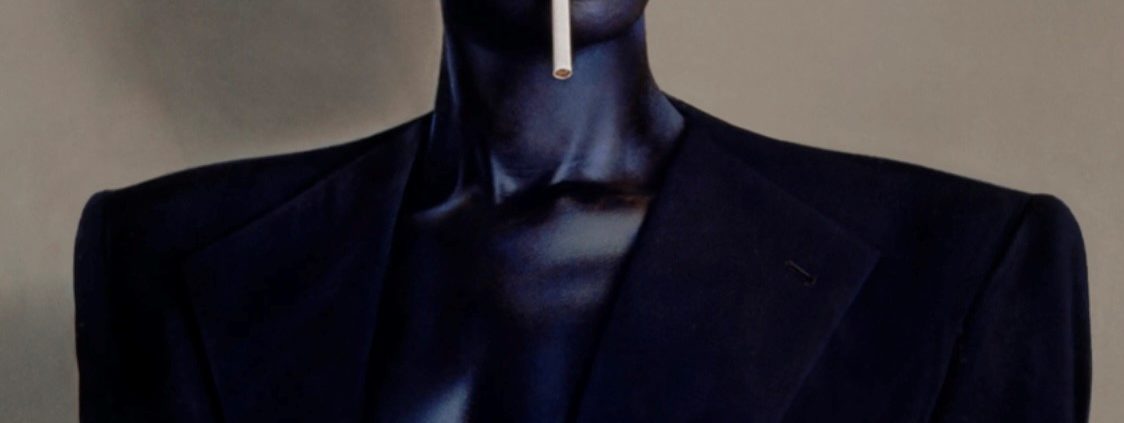Années 80
Fashion, Design, Graphics in France

A historic decade that resonates in France as a political and artistic turning point in the fields of fashion, design and graphic design, from the election of François Mitterrand in 1981 until the fall of the Berlin Wall in 1989. The 1980s saw the birth of a new generation of designers – Olivier Gagnère, Elizabeth Garouste and Mattia Bonetti, Philippe Starck, Martin Szekely… – in a context conducive to freedom of expression.

The silhouette, too, is freed from style injunctions and some fashion designers are elevated to the rank of “superstars” such as Jean Paul Gaultier or Thierry Mugler. Advertising, graphic design and audiovisual experience their boom years with Jean-Paul Goude, Jean-Baptiste Mondino and Étienne Robial. From new wave music to post-punk via hip-hop: it’s a whole history of the party that is written in mythical places frequented by night owls from all over Paris.
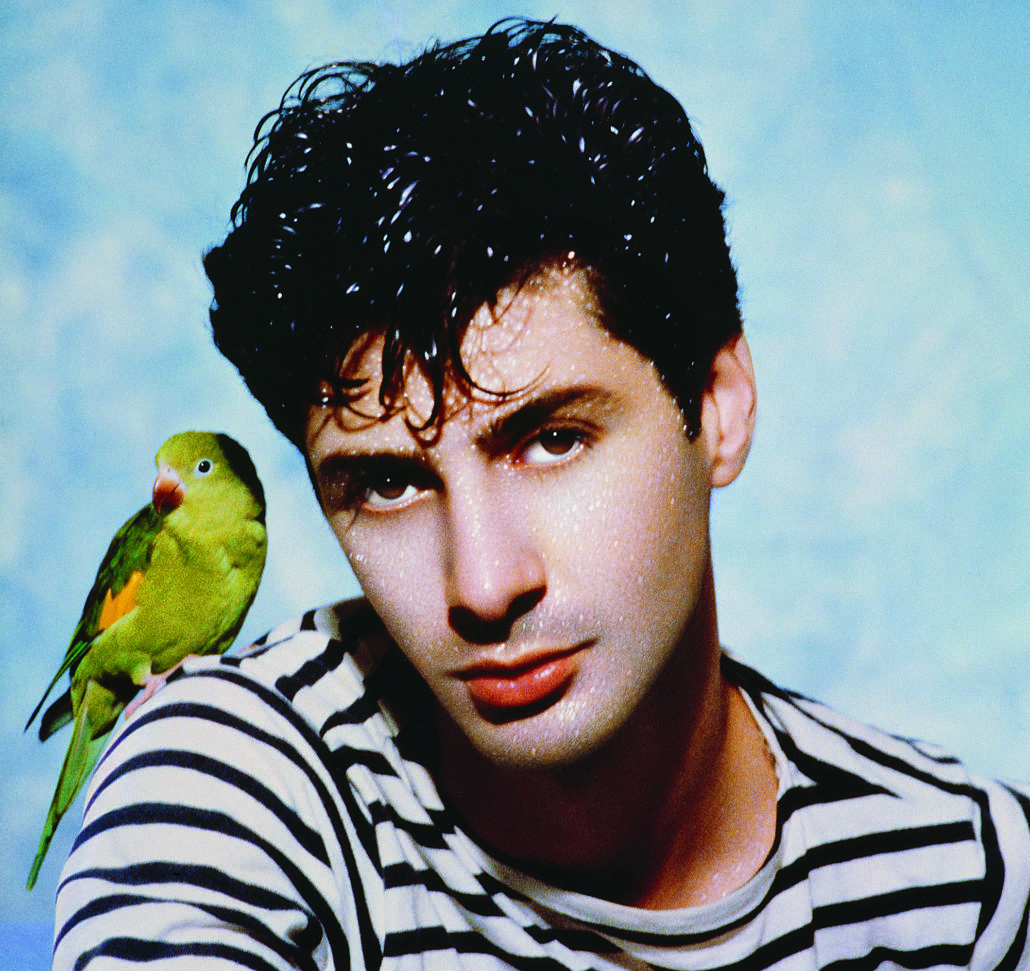
The scenography of the exhibition, conceived as a pileup of shapes and colors, was entrusted to designer Adrien Rovero. The exhibition is punctuated by three themes that reflect the great telescoping of ideas and forms specific to the decade: a new political and cultural era, design in turmoil and the look of the 80s. Inaugurating the journey in the galleries on the Tuileries side, the election of François Mitterrand in 1981 announced a decisive change.

It was under the impetus of the emblematic Minister of Culture Jack Lang that the Fête de la Musique was inaugurated on June 21, 1982. He also worked for public recognition of fashion with the creation of the Institut français de la mode (IFM) in 1986, the organization of fashion shows in the Cour Carrée du Louvre, the Oscars de la mode… Fashion is marked by the distribution of ready-to-wear, which affects the whole of society and replaces the status of couturier with that of designer. The look becomes the expression of a personal language. In the field of advertising and graphic design, these years marked the departure of global visual communication, which was then divided between the growing marketing of advertising agencies and public utility graphics emanating from graphic designers’ workshops.

The media and audiovisual are experiencing unprecedented growth. Étienne Robial created the concept of television packaging for Canal+ then for M6 or even 7. This multiplication of television channels led to the golden age of advertising film with emblematic directors such as Étienne Chatiliez, Jean-Paul Goude or Jean- Baptist Mondino. The written press is transformed: Claude Maggiori rethinks the covers of “Liberation” and the “art” of the slogan invests all areas.
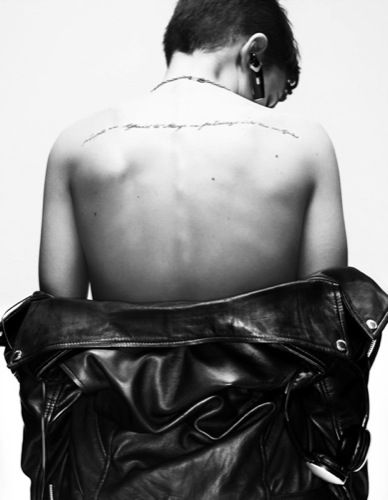
In this period of effervescence, the creator of the 80s mixes several aesthetics, just like the world of fashion. A modernist design with high-tech accents rubs shoulders with neo-baroque and primitive universes that exalt know-how. The action of the VIA (Valorisation de l’Innovation dans l’Ameublement), initiated in 1979 by the Ministry of Industry, awards “Cartes Blanches” to a whole generation of young designers.

Unlike past decades, rather than schools or currents, it is brilliant individuals who are highlighted: François Bauchet, Martine Bedin, Sylvain Dubuisson, Olivier Gagnère, Andrée Putman, but also Philippe Starck or Martin Szekely. The VIA brings in its wake the opening of avant-garde places dedicated to contemporary creation: the Perkal, Néotù, Yves Gastou, En attendant les barbares, Avant-Scène and Gladys Mougin galleries.
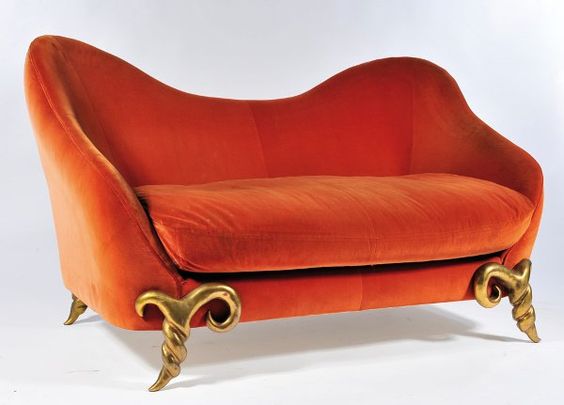
A wind of celebration and freedom blows over the 1980s: fashion shows turn into spectacular shows, paving the way for crazy parties in places that have become legendary : Le Palace and les Bains Douches.
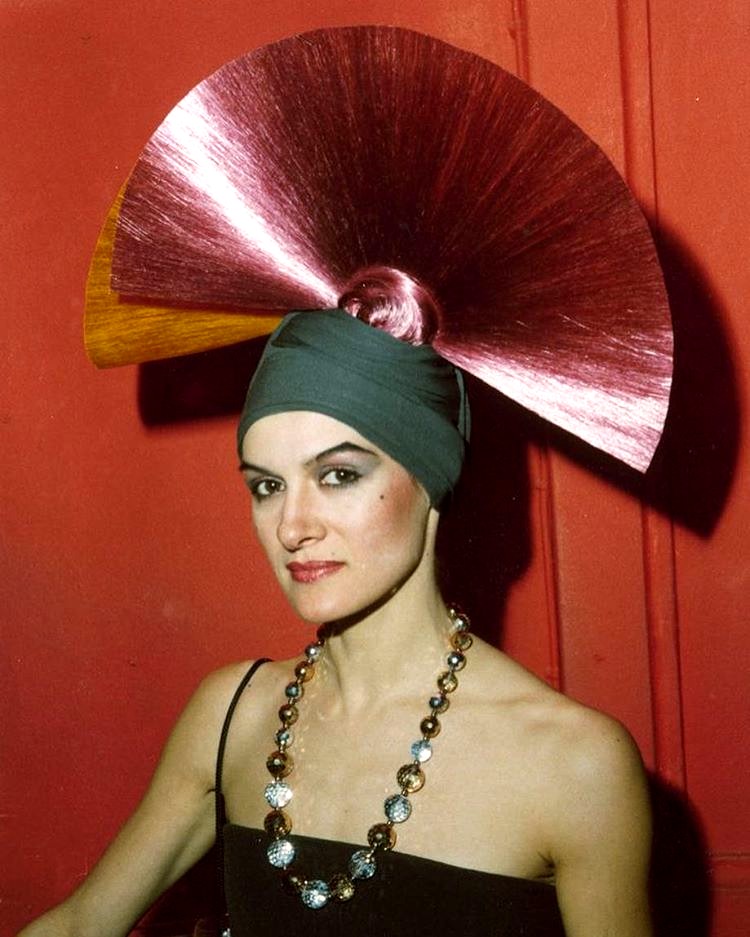
In these clubs where appearance is essential and eccentricity the rule, the whole of Paris dances to new wave, rock and hip-hop music. Young people are diversifying the groups they belong to, giving rise to a multiplicity of subcultures with their own looks.
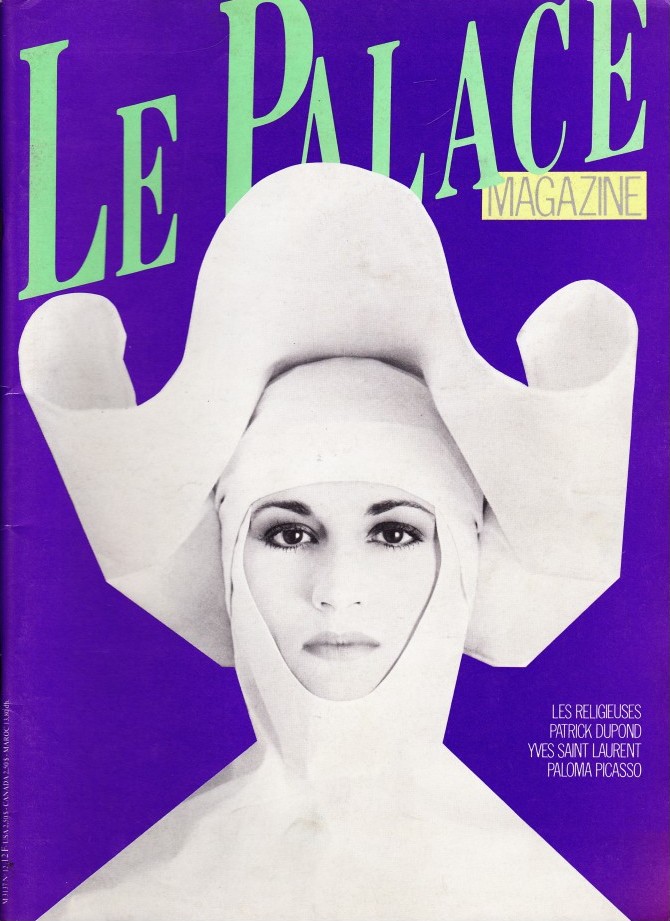
From Antiquity to the 1930s, a revival phenomenon took hold of fashion. Thierry Mugler or Claude Montana are then inspired by historical silhouettes when Jean Paul Gaultier, Vivienne Westwood or Chantal Thomass parody them.
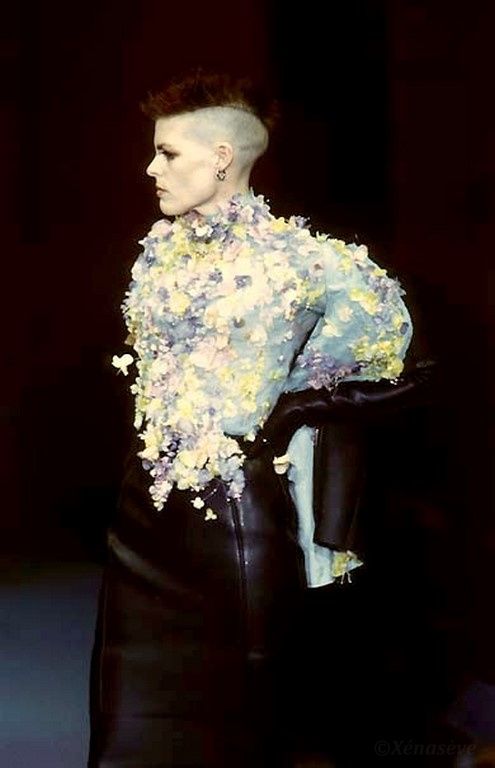
Conversely, Martin Margiela or Rei Kawakubo for Comme des Garçons attempt to deconstruct the notion of clothing. The athletic bodies of the models are molded in the creations of Azzedine Alaïa or Marc Audibert, while the ample forms of Issey Miyake or Anne-Marie Beretta are intended to be architectural and become a real medium of expression for Elisabeth de Senneville and Jean -Charles de Castelbajac.
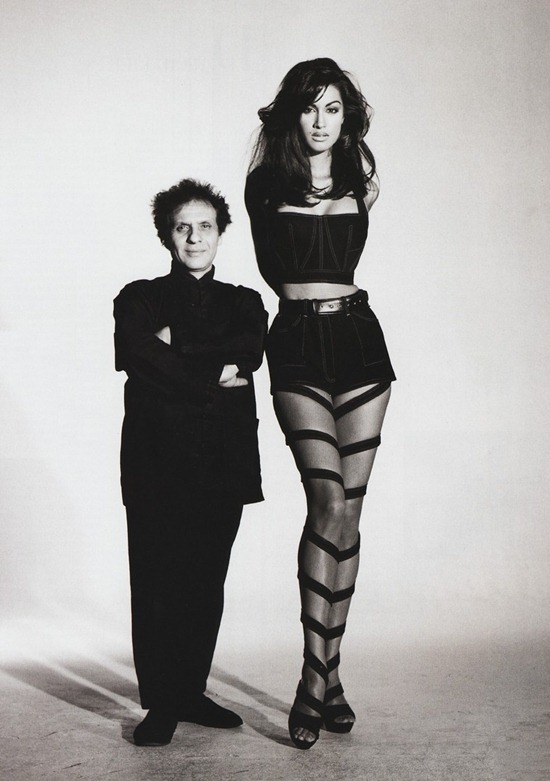
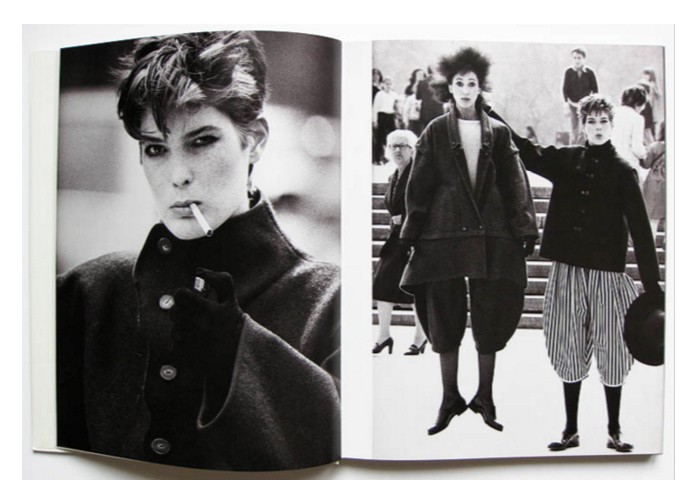
Fashion is taking over the men’s wardrobe like Jean Paul Gaultier’s famous marinière. Consumer brands flood the urban space with their advertising campaigns such as Naf Naf, Kookaï or Benetton. At the same time, from the then rapidly changing Les Halles district, agnès b. designs the timeless wardrobe of the Parisian. The great anniversary parade of the French Revolution in 1989, to which Jean-Paul Goude gives all its brilliance, concludes the route.

The Museum of Decorative Arts, by retracing the highlights of a period that upset codes, honors its own history: the Museum of Posters and Advertising, created in 1982, and the Museum of Arts of mode, in 1986 – collections now attached to the Musée des Arts Décoratifs – are an offshoot of the policy of the Mitterrand and Lang years. The exhibition recalls how much the 80s were those of the pileup of styles, spontaneity and freedom.


